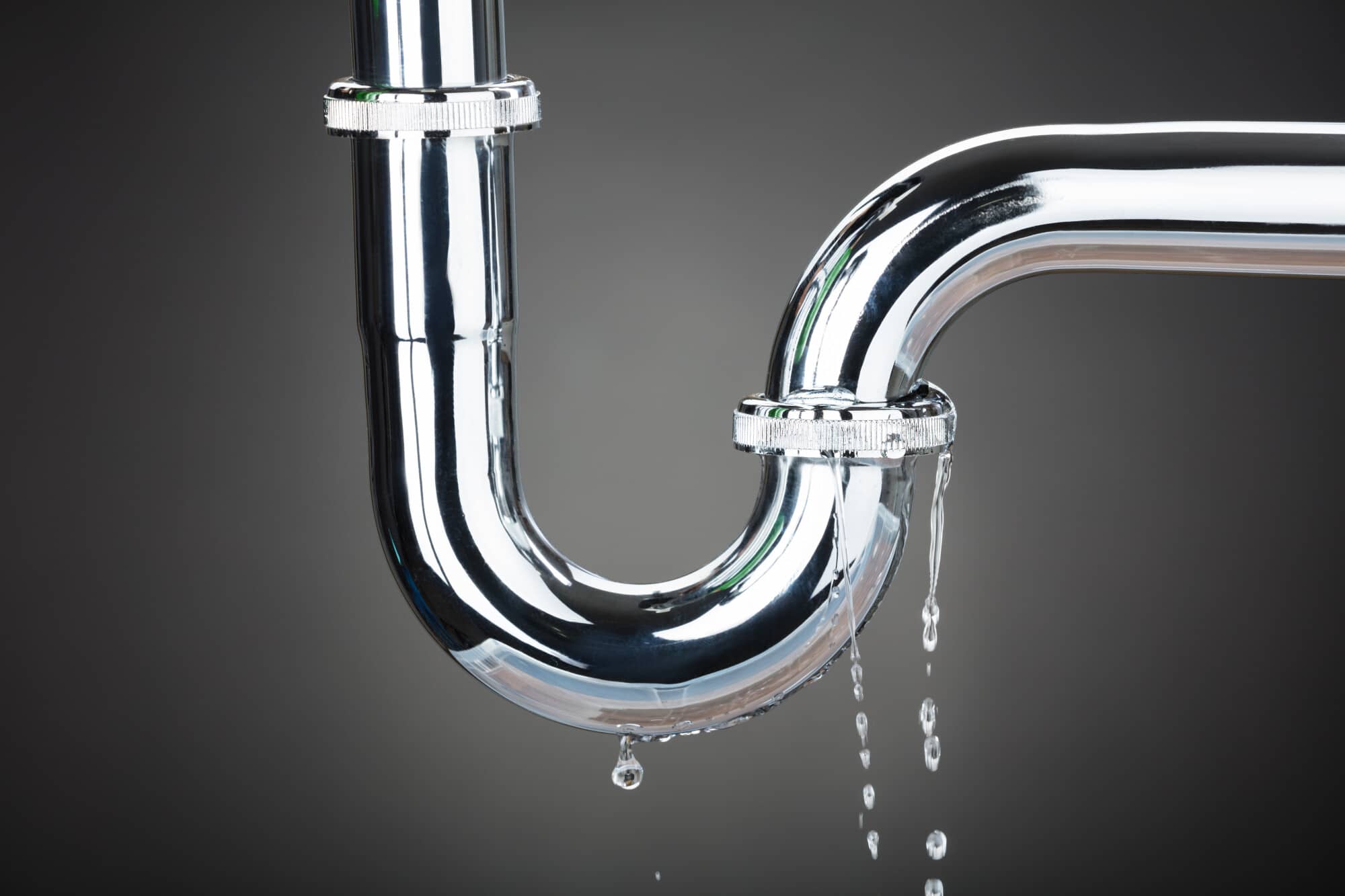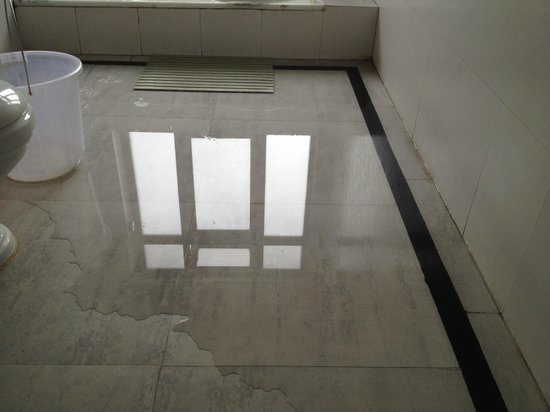Are you looking for insight around How to Repair and Prevent Bathroom Water Damage??

Water damage often happens in the bathroom because of the water used daily. Sometimes, the damage could be a little mold and mildew from the shower. Various other times, it's substantial damages on your flooring. Whatever it is, it is constantly great to understand the cause as well as avoid it before it happens.
This overview will certainly experience a few of the typical reasons for water damage in the restroom. We will also analyze what you can do to stop these reasons from damaging your restroom. Let's dive in.
These are the common factors you would certainly have water damage in your shower rooms as well as how you can spot them:
Excess Dampness
It's trendy to have that lengthy shower as well as splash water while you hem and haw and also imitate you're carrying out, but occasionally these acts can trigger water damage to your restroom.
Splashing water around can create water to visit corners and create mold and mildews. View how you spread out excess wetness around, and when you do it, clean it up to stop damages.
Cracks in your wall surface floor tiles
Restroom wall floor tiles have been specially made for that function. They shield the wall surface from moisture from individuals taking showers. Nevertheless, they are not indestructible.
Often, your restroom wall surface ceramic tiles crack and also enable some dampness to leak into the wall surface. This could possibly ruin the wall if you do not take any activity. If you discover a split on your wall surface tiles, repair it instantly. Do not wait until it damages your wall.
Overruning bathrooms and also sinks
As people, sometimes we make errors that could trigger some water damage in the bathroom. For instance, leaving your sink tap on might create overflowing and also damage to various other parts of the bathroom with dampness.
Also, a malfunctioning toilet might create overflowing. As an example, a broken commode handle or various other parts of the tank. When this occurs, it can damage the floor.
As quickly as you notice an overruning sink or toilet, call a plumbing to aid deal with it promptly.
Ruptured or Leaking Pipelines
There are several pipes bring water to various parts of your restroom. Some pipelines take water to the commode, the sink, the taps, the shower, as well as several other locations. They crisscross the little location of the bathroom.
Every now and then, these pipes could obtain corroded and burst. Other times, human activity can cause them to leak. When this occurs, you'll locate water in the edges of your bathroom or on the wall.
To identify this, keep an eye out for bubbling walls, molds, or mold. Call a specialist emergency situation plumber to fix this when it occurs.
Roofing Leakages
Sometimes, the problem of water damage to the restroom may not originate from the washroom. As an example, a roof leak could trigger damage to the shower room ceiling. You can identify the damages done by considering the water discolorations on the ceiling.
If you locate water stains on your ceiling, check the roof to see if it's damaged. Then, call a professional to help resolve the problem.
Final thought
Water damage to your shower room can be frustrating. Nevertheless, you can handle it if you stop a few of the causes mentioned in this guide. Call a professional emergency plumber if you notice any severe damages.
How to Prevent Water Damage in Your Bathroom?
Water damage repair is an expensive, meticulous, and lengthy process. Unfortunately, bathrooms are the most susceptible rooms to water damage due to toilets, showers, and sinks. Pipes and fixtures wear out over time and are not immune to damage. But all is not lost, as there are ways to prevent water damage from occurring in your bathroom.
Check Your Plumbing
Nothing lasts forever, especially pipes, which can rust and begin leaking over time. You should periodically conduct pipe inspections and pay attention for any musty smells or water stains that may indicate you need water damage repair. Here are some things to check:
Frequently test valves for your toilet, shower, and sink to ensure they are properly working. Check faucet supply lines hidden under vanities and replace when needed. Replace cracked or deteriorating caulking along sinks, tubs, and showers. If you notice a clog in your sink, call in a professional. Since you can’t check the pipes in the wall, keep an eye out for stains, drywall bubbling, musty smells, and excess moisture; if the bathroom is on a second level, check the ceiling of the room directly below for these signs. Don’t Overwork Your Toilet
One of the most common reasons bathrooms need water damage repair is due to overflowing toilets. Save yourself the hassle of cleanup by being mindful and not pushing your toilet to extreme limits. If you have young children, it is especially important to keep an eye on them when they are in the bathroom and to teach them how to avoid clogging the toilet. Here are some more tips to help prevent your toilet from overflowing:
If you have a septic tank, only use septic-safe toilet paper Do not flush anything down the toilet besides toilet paper; items like diapers and sanitary napkins will clog the piping Pay attention to your toilet’s water level: If it’s low, it could mean it is partially clogged or that there is a crack in the toilet bowl https://www.alure.com/home-improvements-blog/resources/how-to-prevent-water-damage-in-your-bathroom

Hopefully you enjoyed our article about How to Repair and Prevent Bathroom Water Damage?. Thank you so much for taking time to browse our piece of content. Be sure to take the time to distribute this content if you enjoyed reading it. Many thanks for taking the time to read it.
Try Here